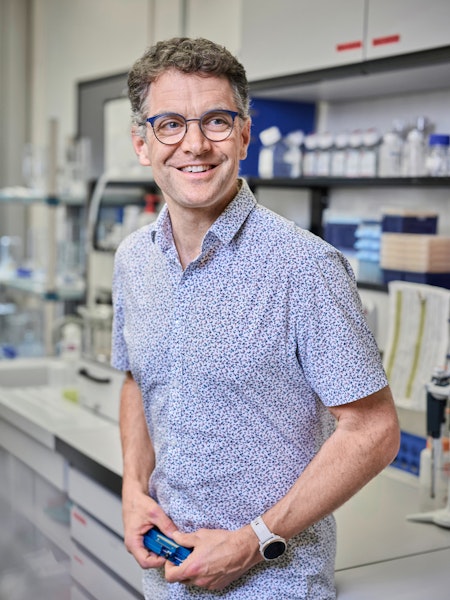New Cover in Neuron in Collaboration with Mohamad El Amki and Susanne Wegener


After completing my medical studies in 2001, I got during my MD project fascinated by the complexity of the brain and the various imaging methods visualizing it and stayed in science ever since. My research mainly focuses on the use of various imaging modalities ranging from 2P microscopy up to PET imaging to investigate how energy supply to the brain is organized at different levels and how it changes in pathologic situations. Research allows you to go on a new journey every day!
